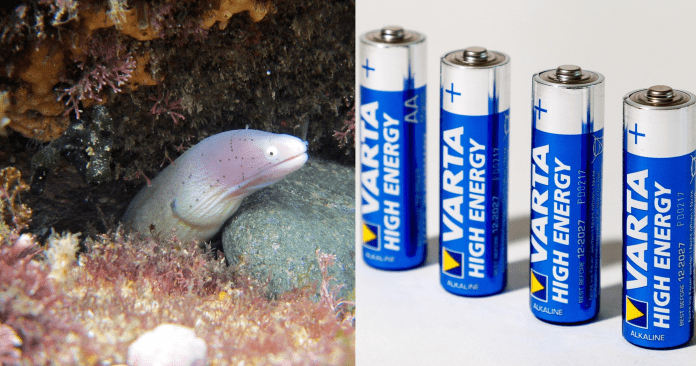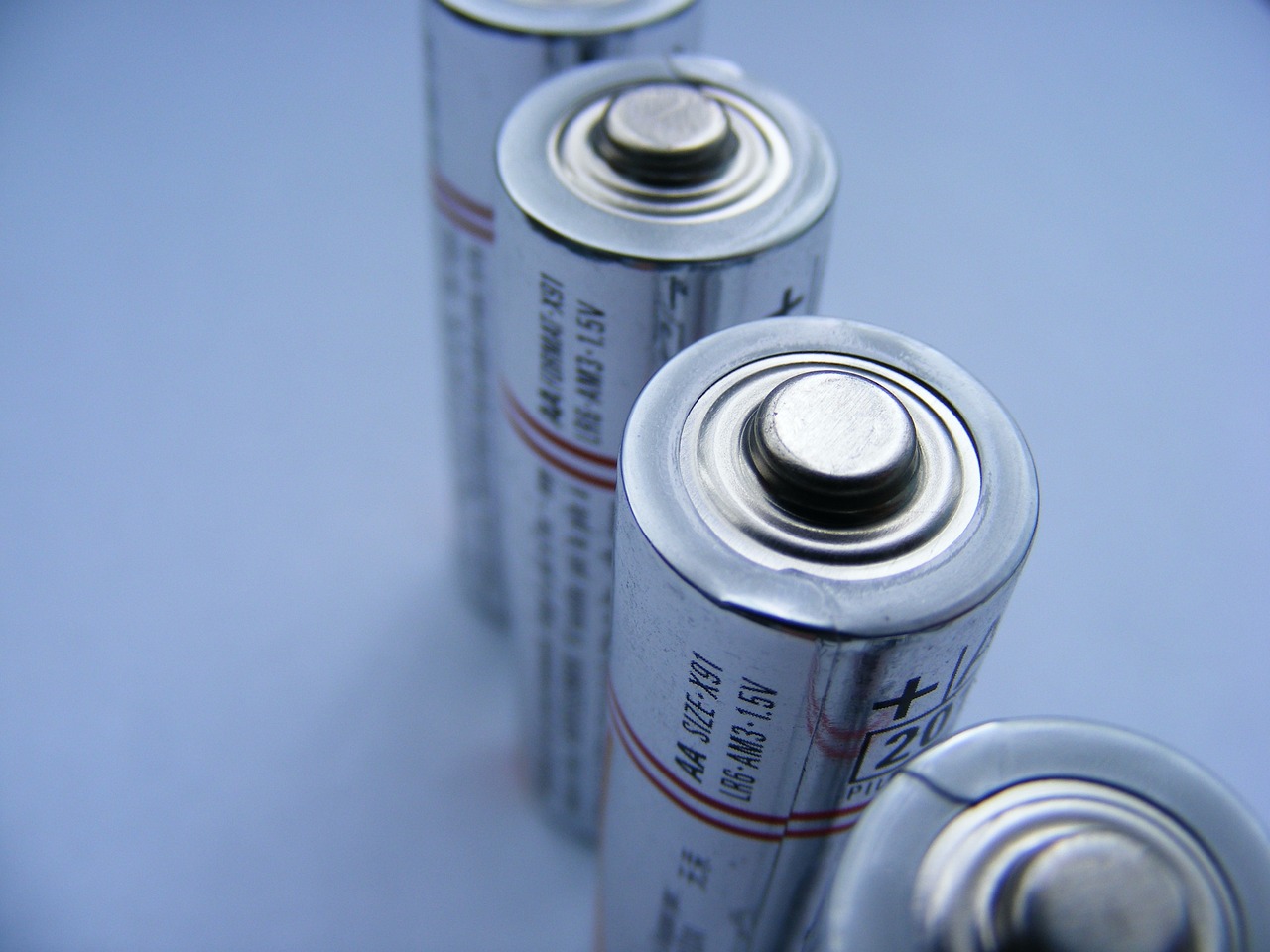This post is also available in:
 עברית (Hebrew)
עברית (Hebrew)
Researchers from Cambridge University have recently developed jelly-like stretchy batteries that could be used for wearable devices or soft robotics.
Inspired by the muscle cells of electric eels, the batteries are made of a soft, layered material that can deliver an electric current, even when stretched over 10 times its length. The batteries are made from hydrogels: materials made from a structure of polymers that is hydrated with 60% water, giving them their flexible attributes. Despite being soft, the hydrogels are unexpectedly tough, can be pressed without losing their initial shape, and can self-heal when damaged.
Reversible bonds are created between the different layers of hydrogel, using barrel-shaped molecules called cucurbiturils. These secure connections allow the jelly batteries to be stretched, without the layers detaching, and without losing their electrical conductivity.
The researchers explain that conductivity and stretchability are two factors that are typically at odds with each other and that when a material is stretched, conductivity usually decreases. For this reason, developing batteries that can do both was not easy.
“Normally, hydrogels are made of polymers that have a neutral charge, but if we charge them, they can become conductive,” said co-author Dr. Jade McCune, according to TechXplore. “And by changing the salt component of each gel, we can make them sticky and squish them together in multiple layers, so we can build up a larger energy potential.”
Normally, electronics use metallic materials to conduct electricity, but those are stiff, making it more difficult for inherently flexible projects. The jelly batteries, which, unlike metals, conduct electrical current with charged ions rather than electrons, are great candidates for such needs and can be implemented in soft robotics, bioelectronics, and wearable electronics. Another unique use of these jelly batteries is the creation of biomedical implants, as their soft and stretchy traits enable them to adapt to human tissue, and are less likely to be rejected when implanted.
The team’s findings are reported in the journal Science Advances


























